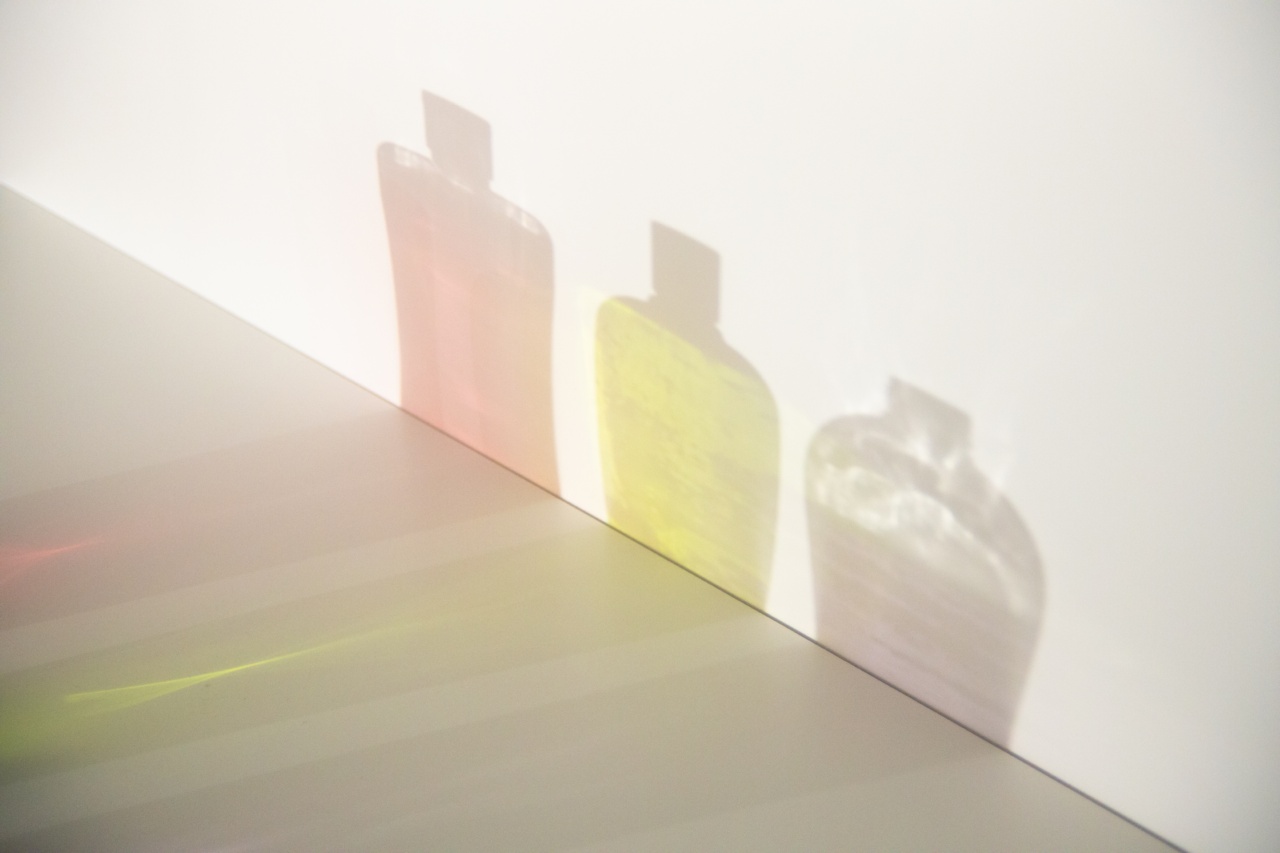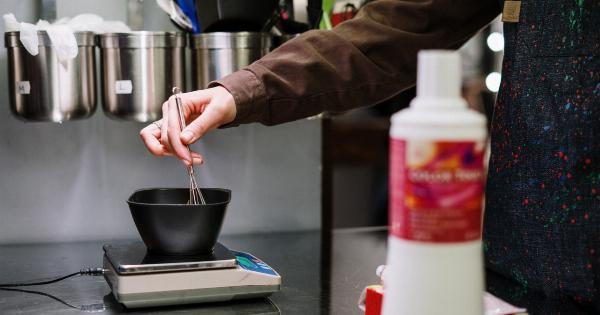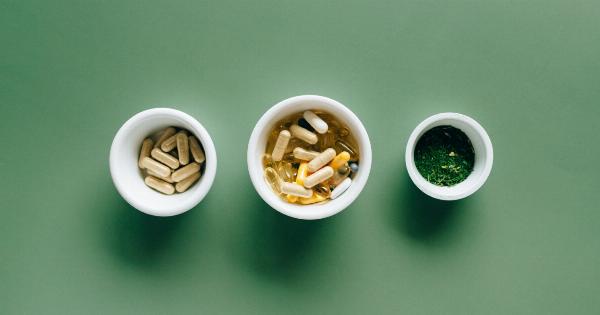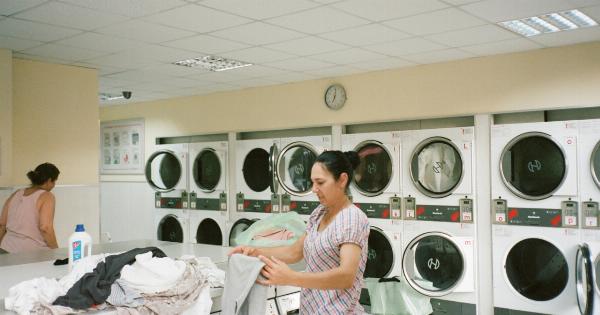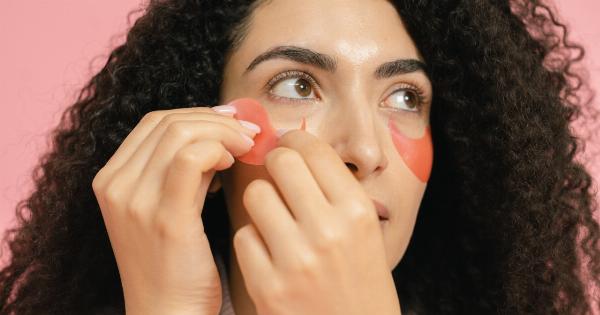Most people use shampoo every day without giving it much thought.
However, did you know that many shampoos on the market contain potentially harmful chemicals that have been linked to cancer and other health problems? As consumers become more aware of the health hazards associated with everyday products, it’s important to educate yourself on the ingredients in shampoo and make informed decisions about what you’re putting on your body.
What Are Carcinogenic Ingredients?
Carcinogenic ingredients are substances that have been found to cause cancer in lab animals or humans.
While not all studies are conclusive on the carcinogenic nature of certain chemicals, it’s better to err on the side of caution when it comes to your health. Here are some common ingredients found in shampoo that have been linked to cancer:.
Sodium Lauryl Sulfate (SLS)
SLS is a surfactant that creates foam in shampoos, making it easier to wash your hair. However, SLS has also been linked to cancer and can cause skin irritation.
While the amount of SLS in shampoo is typically low, it’s important to note that many people use shampoo every day, exposing themselves to the chemical on a regular basis.
Sodium Laureth Sulfate (SLES)
SLES is a milder form of SLS, but it’s still been linked to cancer and can also cause skin irritation.
SLES is often used in “natural” or “organic” shampoos as an alternative to SLS, but it’s important to read the ingredient list carefully and do your own research to determine if the shampoo you’re considering is truly safe.
Parabens
Parabens are a group of preservatives used in personal care products that have been linked to breast cancer.
While the amount of parabens in shampoo is typically low, it’s still important to avoid products that contain this ingredient, especially if you have a family history of breast cancer.
Diethanolamine (DEA)
DEA is a foaming agent that can cause cancer in lab animals. It’s often used as a pH adjuster in shampoos and can be listed on ingredient lists as Cocamide DEA or Lauramide DEA.
It’s important to note that DEA has been banned in some European countries due to its potential health hazards.
Triclosan
Triclosan is an antibacterial agent often found in shampoo and other personal care products.
While studies on triclosan are still ongoing, there is evidence to suggest that it may disrupt hormone function and contribute to the development of antibiotic-resistant bacteria.
Phthalates
Phthalates are a group of chemicals that are often added to plastics to make them more flexible. However, phthalates are also found in shampoos and other personal care products and have been linked to cancer and reproductive problems in men and women.
Fragrance
While fragrance may seem like a harmless ingredient, it’s often the cause of skin irritation and allergic reactions.
Fragrance is also considered a trade secret, meaning that companies aren’t required to disclose the specific ingredients used in their fragrance blends. As a result, it’s difficult to know exactly what you’re exposing yourself to when you use a shampoo with fragrance listed as an ingredient.
How to Find Safe Shampoos
So, how can you find safe shampoos that don’t contain potentially harmful ingredients? Here are some tips:.
- Read ingredient lists carefully and avoid products with the ingredients listed above.
- Look for shampoos that are labeled “cruelty-free” or “vegan” as these often use safer, plant-based ingredients.
- Consider trying a “no-poo” method, such as washing with baking soda and apple cider vinegar.
- Research brands to find those that prioritize safety and transparency in their ingredient sourcing and manufacturing processes.
Conclusion
As awareness of the potential health hazards associated with everyday products grows, it’s important to make informed decisions about what you’re putting on your body.
By understanding the potential health risks associated with certain ingredients in shampoo, you can take steps to protect your health and choose safer, more natural alternatives.
